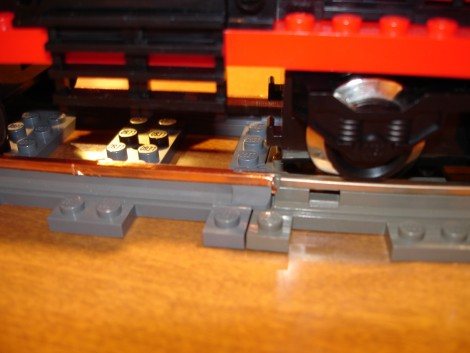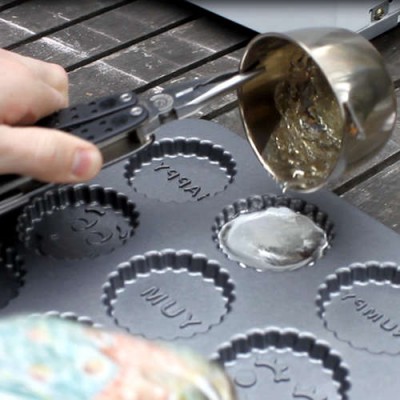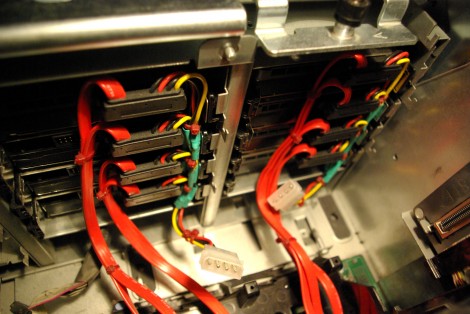
The one who picks up every present with their name on it, shaking it before busting into their best Carnac the Magnificent impression. Heck, you might even be that person.
[Jason] was thinking about how to combat the gift shaker in his life and put together a simple prank that’s sure to provide him some enjoyment when the shaking and guessing commences.
He bought a premade audio module that stores about 20 seconds of sound, replacing the pushbutton trigger with a pair of wires that can easily make contact when the box is vigorously moved. Everything was carefully mounted in a gift box before being wrapped and set under the tree to surprise the eager gift shaker.
We definitely like the idea, since there are a plethora of ways to customize/enhance [Jason’s] work to fit your specific needs. Whether you go with the kitten/puppy in a box theme, or wire in an incredibly loud alarm, your resident gift inspector will never look at presents the same way again!
Continue reading to see [Jason] explain his gift prank in more detail.
















